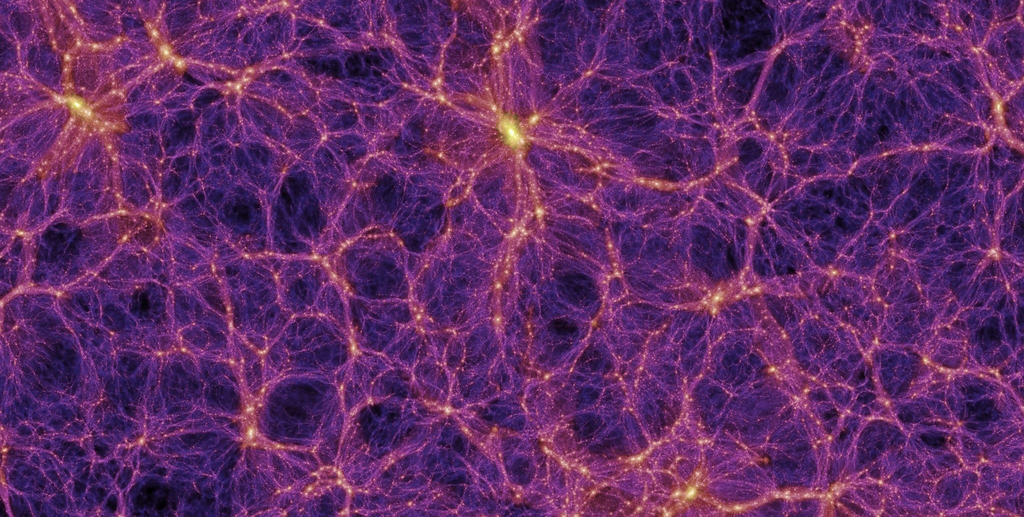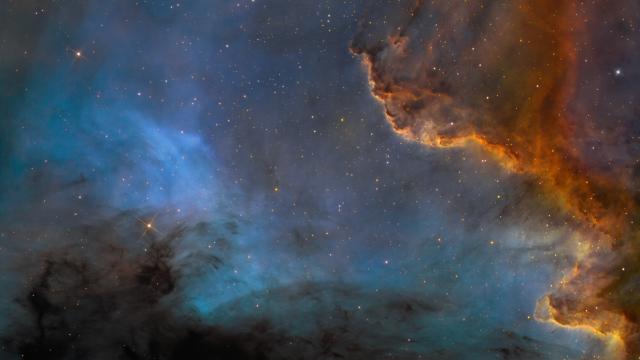According to observations made by the Cosmic Origins Spectrograph on board the Hubble Space Telescope, the Universe is missing 80 per cent of all its light. Astronomers are completely baffled: “We still don’t know for sure what it is, but at least one thing we thought we knew about the present day universe isn’t true.”
Those are the strong words of the co-author of the paper published in The Astrophysical Journal Letters by Ohio State University’s David Weinberg. The Cosmic Origins Spectrograph detected that the tendrils of hydrogen that bridge the galaxies are not lighting up as expected. They are lighting up too much and we can see neither the light nor the sources from which the light is coming from:

When these hydrogen atoms are struck by highly energetic ultraviolet light, they are transformed from electrically neutral atoms to charged ions. The astronomers were surprised when they found far more hydrogen ions than could be explained with the known ultraviolet light in the universe, which comes primarily from quasars. The difference is a stunning 400 per cent.
A simulation of the filaments that bind the galaxies together.
A new mystery that may pinned on Dark Matter
Astrophysicists don’t know what is happening and what is responsible for the effects we are seeing on the hydrogen tendrils. They only know that this finding matches neither our understanding of hydrogen in the Universe nor our current simulations. And the mystery gets even weirder when you compare their results in the near and faraway Universe:
Strangely, this mismatch only appears in the nearby, relatively well-studied cosmos. When telescopes focus on galaxies billions of light years away — which shows astronomers what was happening when the universe was young — everything seems to add up. The fact that the accounting of light needed to ionize hydrogen works in the early universe but falls apart locally has scientists puzzled.
Another co-author of the story, CU-Boulder’s Center for Astrophysics’ Benjamin Oppenheimer, says that we don’t know yet where this missing light is coming from:
If we count up the known sources of ultraviolet ionizing photons, we come up five times too short. We are missing 80 per cent of the ionizing photons, and the question is where are they coming from? The most fascinating possibility is that an exotic new source, not quasars or galaxies, is responsible for the missing photons.
One of the possibilities is that this exotic matter is “the mysterious dark matter, which holds galaxies together but has never been seen directly.” The light might be a product of this dark matter decaying over time.
